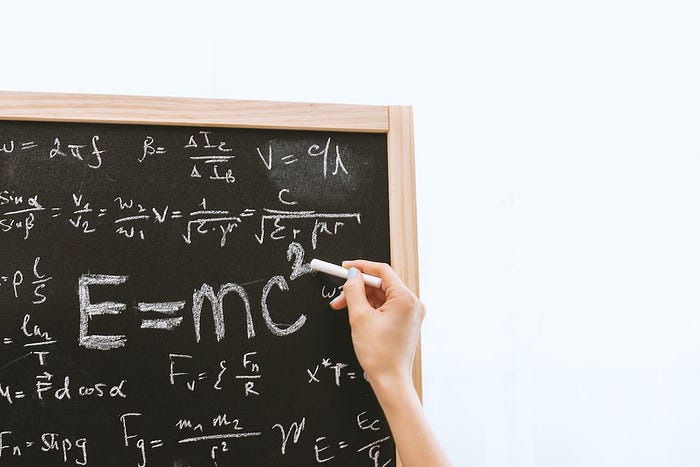Unlocking the Mysteries of Special Relativity: Einstein's Insight
Written on
Chapter 1: Introduction to Special Relativity
In 1905, Albert Einstein introduced a groundbreaking theory that transformed the scientific landscape: Special Relativity. This theory articulates how objects travel at a consistent velocity—particularly at incredibly high speeds—and presents a novel perspective on the nature of space and time.
This paragraph will result in an indented block of text, typically used for quoting other text.
Section 1.1: The Phenomenon of Time Dilation
One of the most astonishing revelations of this theory is the concept of time dilation. Time is not a fixed entity; instead, it varies based on an object's speed. For individuals moving rapidly, time slows down compared to those who are stationary. This counterintuitive notion has been validated through experiments involving atomic clocks.
Subsection 1.1.1: Visualizing the Concept

Section 1.2: The Interconnectedness of Space and Time
Another intriguing component of special relativity is the idea that space and time are intertwined, forming a four-dimensional continuum known as spacetime. This indicates that time and space are not independent of each other; they affect and shape one another.
Chapter 2: The Consequences of Motion
With time dilation and the connection between space and time established, one might wonder about the implications for objects in motion. This leads us to the phenomenon of length contraction. When moving objects are measured, they appear shorter in the direction of their movement compared to when they are at rest. This effect has been observed in particle accelerators, where high-speed subatomic particles exhibit a reduced length.
The first video, "Special Relativity - World Science U," delves into the principles of special relativity and its mind-bending implications.
In addition to these concepts, one of the most iconic equations in physics, E=mc², emerges from special relativity. This equation reveals the equivalence of mass and energy, illustrating that they are interchangeable. It has led to significant applications, including advancements in nuclear power.
The second video, "WSU: Space, Time, and Einstein with Brian Greene," further explores these transformative ideas and their impact on our understanding of the universe.
Finally, it’s essential to differentiate special relativity from general relativity, which addresses gravitational effects. While special relativity pertains to objects moving at constant speeds, general relativity considers those in accelerated motion or under the influence of gravity.
Einstein's brilliance lies not only in the theory itself but also in how he challenged the prevailing notion of absolute time—an idea long regarded as unchangeable. Through his innovative thinking, he provided answers to questions that had previously gone unasked.